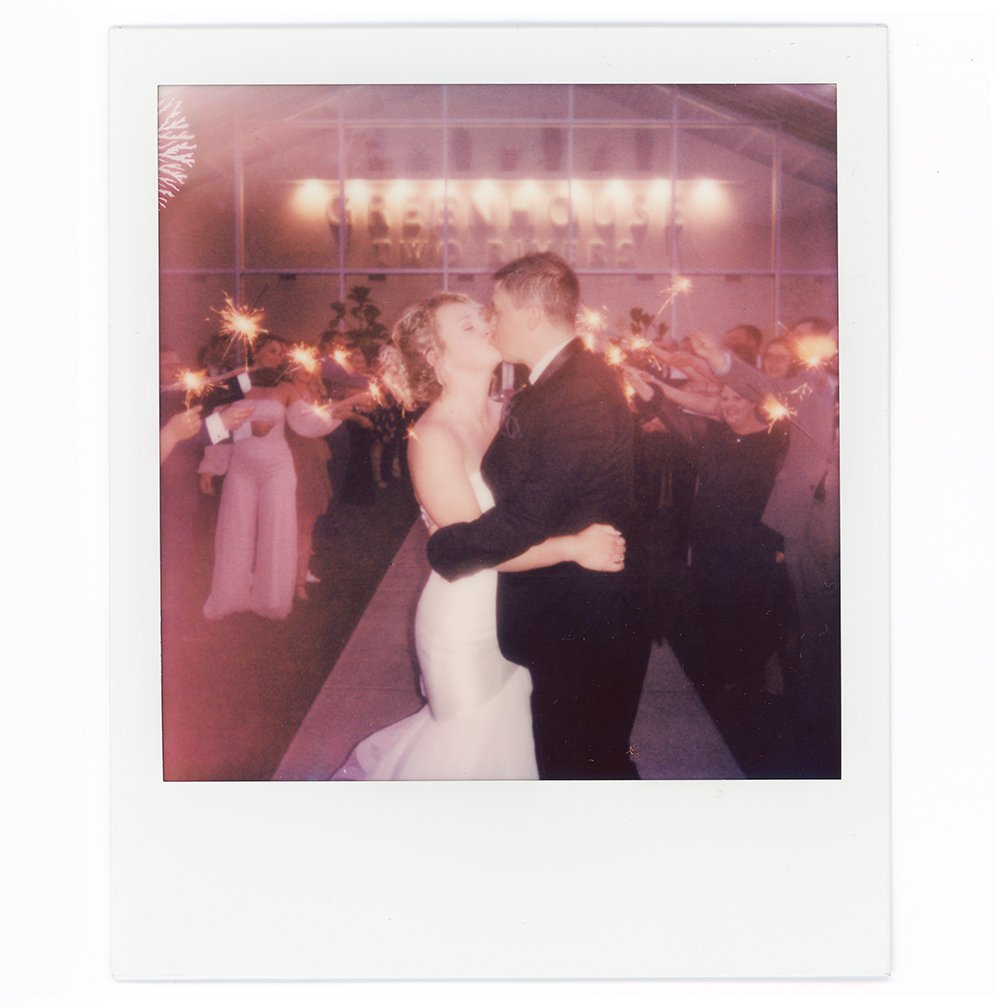Film wedding Photographer
Film has that unique quality of looking vintage and timeless at the same time. The colors of film are something that digital just can’t replicate, no matter how much it tries, film just looks and feels so right!
I offer both 35mm, medium format, and Polaroids in my wedding packages.
Mostly in color but we can totally shoot some black and white too!
Available throughout the US and beyond!
35mm wedding photography on film
What does 35mm really mean? It goes back to the actual width of the film and not the size of the frame. The strip is 35 millimeters wide and each frame is 24x36 millimeters. Typically, there are 36 shots on a single roll of 35mm. Some have 24 shots.
What about medium format?
Medium format is a much larger piece of rolled film, as the name suggests, the most popular frame sizes are from 60x45mm to 60x90mm. Medium format is also called 120, whereas 35mm is often called small format. A roll of medium format film can have anywhere between 8 and 16 frames on the roll, depending on the camera. Medium format usually has a lot more picture quality than 35mm. This means that medium format is most often better for portraits whereas 35mm is better suited to capture authentic and spontaneous moments.
Polaroids
Let’s not forget about Polaroids. I have a couple of Polaroid Now cameras that use I-type film. Which is basically the classic Polaroid that most people are familiar with.
-
I shoot on both 35mm and medium format film, along with Polaroid I-type. Both color and black and white. Hybrid film and digital photography is included in all of my wedding packages. As an add-on, each roll is $175 which includes shooting (of course!), developing, scanning, and uploads to your wedding gallery. A pack of 8 polaroids is $75.
-
You will get most of the pictures, yes. Typically, I deliver about 25 photos from 36 shots on a roll of 35mm and about 12-14 from 16 shots on a medium format roll. You will get all of the Polaroids and a high resolution scan of each one too!
-
That’s super subjective! If you want gorgeous and vibrant wedding portraits, medium format is your film! If poppy and candid reception shots are more your thing, 35mm is your go-to. Many of my clients mix it up, medium format for the ceremony and portraits — then 35mm for the party.
-
I am based in Connecticut and available for weddings and elopements worldwide.

























